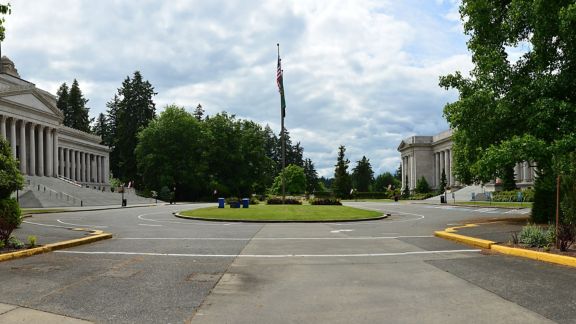Washington Education Research & Data Center Initiative

Challenge
ERDC was limited in its ability to securely share data with researchers.
Education Research and Data Center (ERDC) serves as Washington state’s hub for education data, managing and housing data on students starting in preschool and continuing through their journey into the workforce. ERDC staff are responsible for safeguarding this confidential data while also providing datasets to authorized researchers involved in auditing and evaluating education programs.
For years, ERDC staff created data files and shared them with each requesting researcher mainly through a secure file transfer process. The process also required researchers to meet technical security environment protocols before they could be authorized to receive the data. ERDC found that many researchers couldn’t meet the security requirements, which prevented access and hindered their work. Researchers who could meet the protocols were required to manage, secure, and destroy the data they received on their own—outside the view and controls of ERDC. These limitations and potential security risks prompted ERDC to seek a new approach for data sharing.
Solution
ERDC adopted the NORC Data Enclave® as its secure virtual environment for data management.
NORC tailored its flagship Data Enclave solution for ERDC, creating a one-stop, user-centric environment known as the Education Data Enclave. Here, authorized researchers can securely access and analyze confidential data within a high-performance computational infrastructure that also boasts a variety of statistical, analytical, visualization, and reporting tools. With the Enclave model, researchers no longer must manage, secure, or destroy shared data themselves.
Result
The Education Data Enclave enhances ERDC’s data-sharing process while maximizing data security.
With the NORC-powered Education Data Enclave, data sharing is streamlined, the researcher experience is improved, and security is optimized. ERDC has reduced risk by maintaining control of its files and gained insights and greater visibility into how the data are used by the research community.









